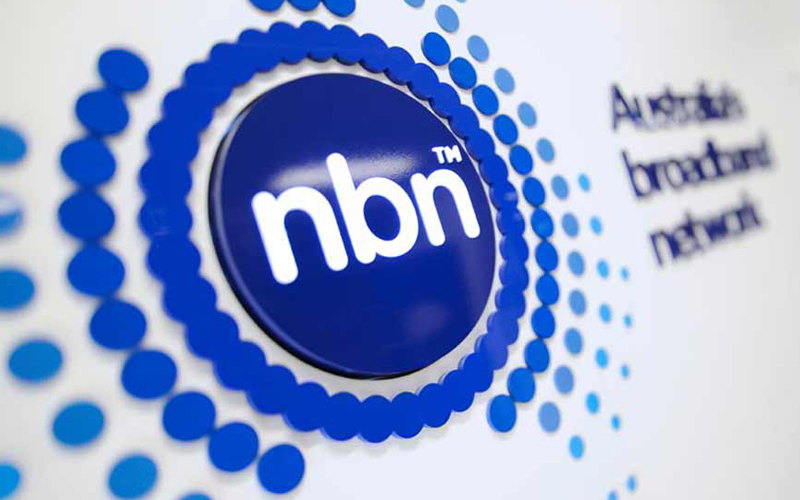
The residential NBN declined in Australia for the first time in the December 2022 quarter by 0.1 per cent, dropping by almost 9000, to approximately 8.73 million.
This figure comes via the ACCC’s latest NBN Wholesale Market Indicators Report, which looks at the wholesale market for NBN services, in which retail service providers purchase access for supply to consumers and businesses.
Collectively, the top three providers – Optus, Telstra and TPG – experienced a decrease of almost 95,000 services to 6.8 million. As a result, their market shares dropped slightly to 42.4% for Telstra, 22.4% for TPG and 13.1% for Optus.
On the other hand, the report found smaller providers gained around 86,000 services, to 1.9 million, the remaining 22.1 per cent of the market.
This was a trend in 2022, where NBN services obtained by the four biggest providers – Telstra, TPG, Optus and Vocus – decreased by more than 227,000 annually, while other smaller providers took on almost 363,000 services.
“This shift from the larger providers to smaller ones is helping to enable greater competition within the sector,” ACCC Commissioner Anna Brakey says.

According to the report, the 50 Mbps speed tier is still the most popular, accounting for almost 53 per cent of residential services. However, it decreased by more than 131,000 services during the quarter, which was 1.4 percentage points.
The second-most popular tier, 100 Mbps, did grow by nearly 190,000 services, a jump of 2.2 percentage points, accounting for more than 13 per cent of all services.
There were also drops in the 250 Mbps and 12 Mbps tiers.
There are currently 19 broadband providers accessing NBN directly at all 121 points of interconnection, compared to 13 in the December 2021 quarter.
“This growing presence of broadband providers across NBN’s points of interconnection means improved competition and greater choices for consumers in more areas,” Ms Brakey said.


